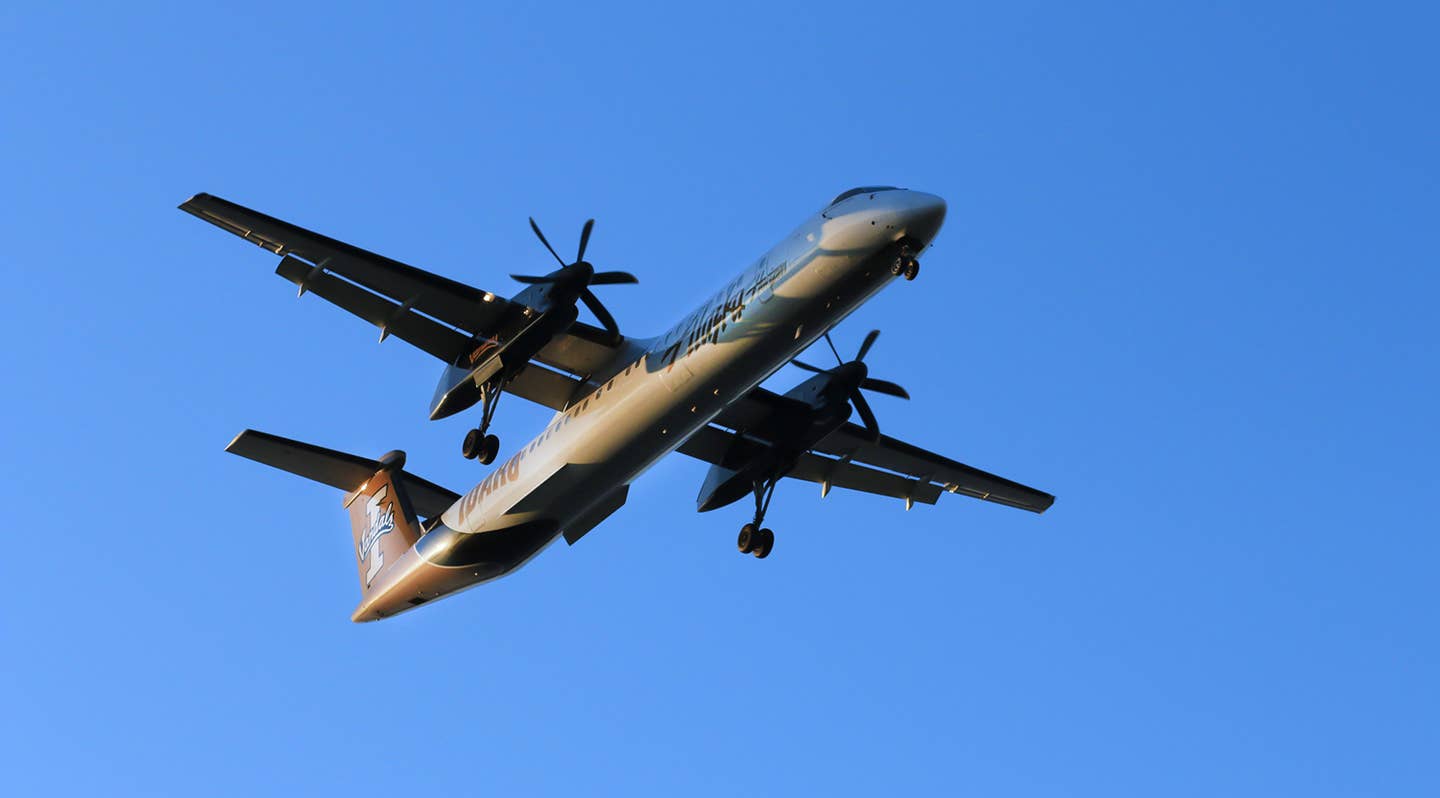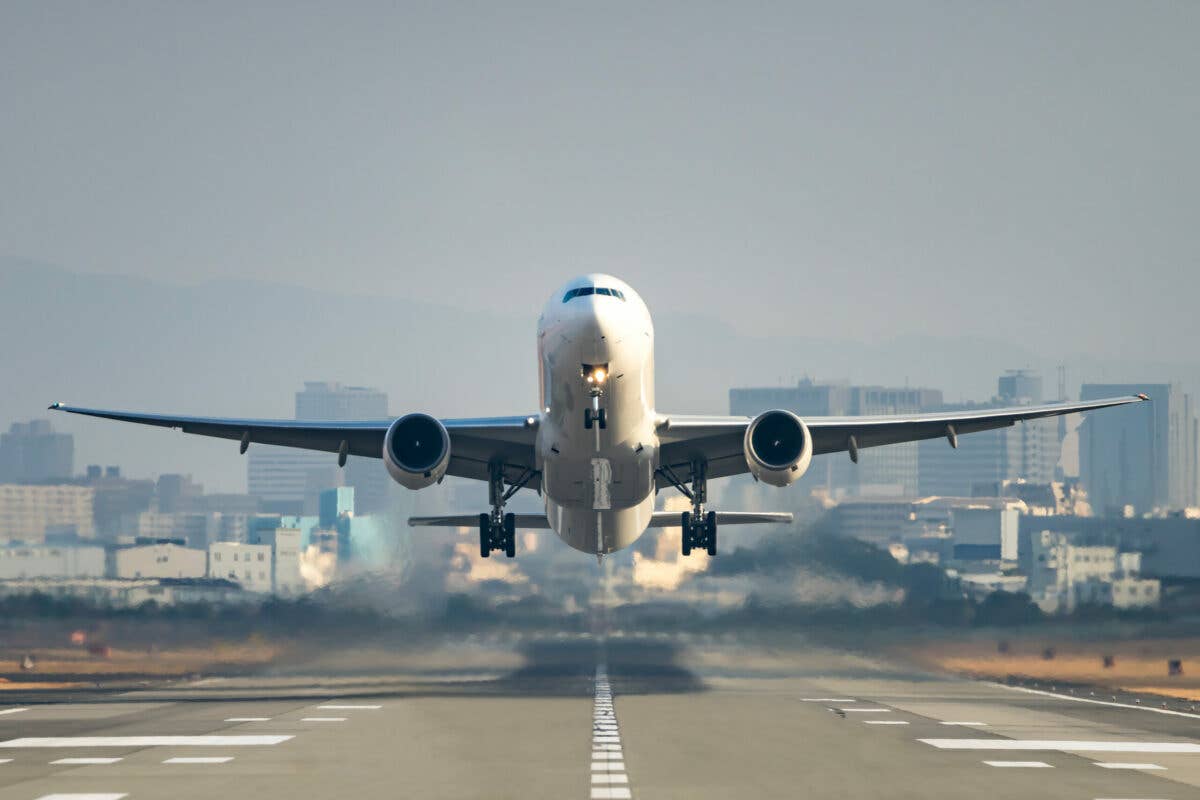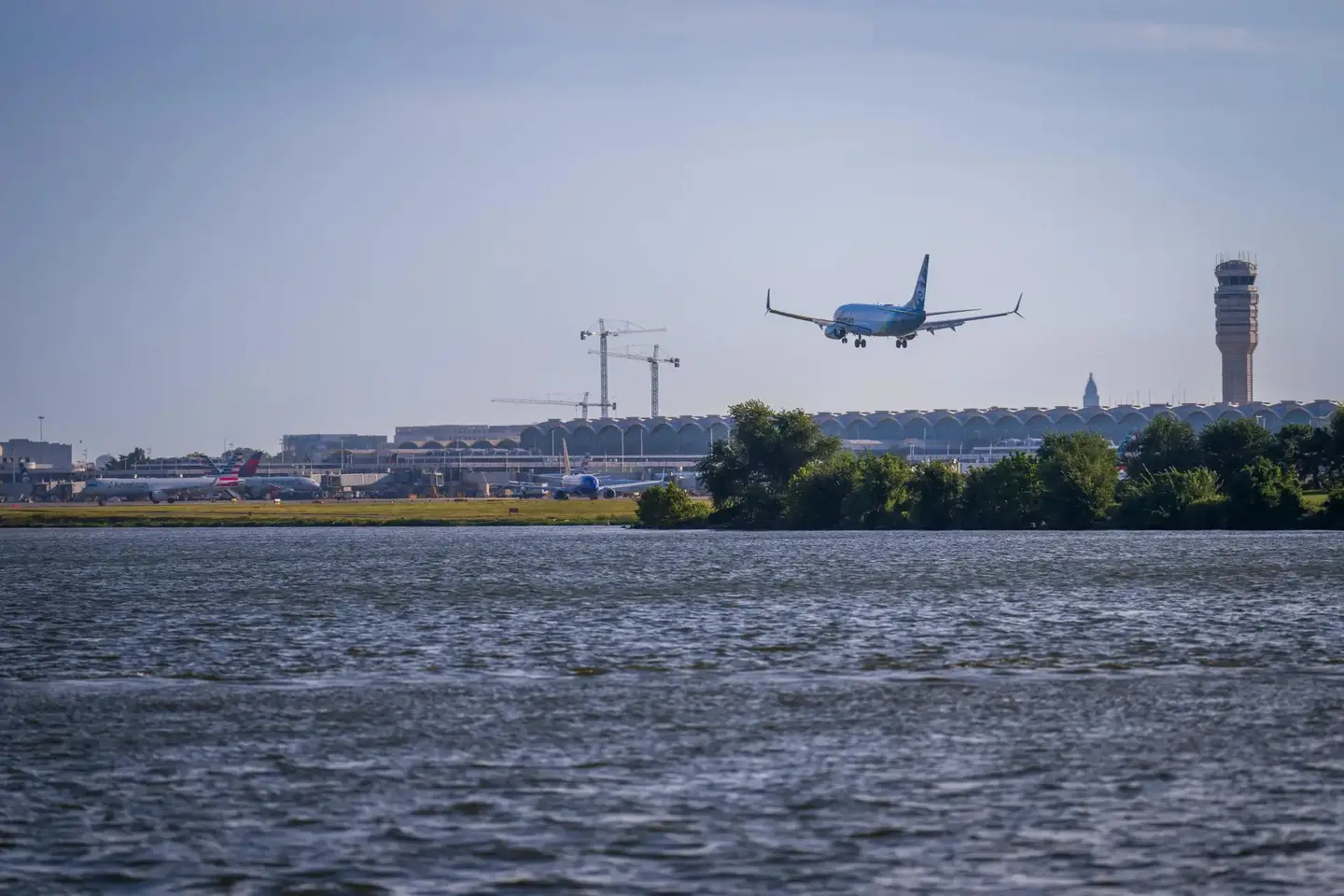
A Horizon Airlines Q400 in University of Idaho Vandals collegiate livery descends on final approach to Portland International Airport. Dan Pimentel
The U.S. Department of Transportation passed the Airline Deregulation Act in 1978, which gave air carriers freedom to determine which markets to serve domestically and what fares to charge for that service. To address the concern that small communities previously served by certificated air carriers before airline deregulation maintain a minimal level of scheduled air service, Congress added section 419 to the Federal Aviation Act to ensure that smaller communities would retain a link to the National Air Transportation System, with Federal subsidies when necessary. The result of this Congressional action helped to launch the regional airline industry.
The Regional Airline Association recently released their 2019 Annual Report, a statistic-filled 100-page publication that demonstrates the enormity of this sub-sector of the U.S. air carrier system.
Today, regional air carriers provide scheduled service to 570 small community airports and generate $134 billion in economic activity per year. There are one million jobs that generate $36 billion in wages and commensurate tax revenues in local communities as a result of regional airline activity. SkyWest Airlines was the largest US regional airline employer with 15,178 full-time employment (FTE) personnel, and Envoy Air employs 14,426 FTE personnel in all aspects of their national operation.
The report presented regional airline statistics from 2018, which showed 66 US certificated regional carriers completed 3,860,000 departures. On average, there were 10,571 daily regional airline departures flying flights with an average trip length of 489 nm, with 159,060,000 passengers enplaned.
“The benefits are clear for smaller communities, as regional airlines allow major airlines to reach passengers they could not otherwise serve,” said Faye Malarkey Black, president and CEO, Regional Airline Association. “Without regional airlines, these connections would be broken, and the quality of life at smaller communities would dim considerably, with residents unable to easily visit friends and family, travel for work or access specialized health care or receive timely shipments of goods, including perishable medical supplies.”
In the detailed report, Malarkey Black outlined the important role the regional airline industry plays in the overall workforce challenges facing US air carriers. “A growing shortage of pilots and maintenance technicians represents a concerning trend,” she said in the report. “Despite these challenges, RAA initiatives aimed at recruiting and supporting the next generation of pilots and technicians have generated career interest. We as an association are continually updating our outreach programs to address this critical issue.”
New data included in this year’s report looked at the distribution of Part 121 airline qualified pilots by age. Compared to the association’s previous report, the age distribution of the airmen population showed that more young pilots are entering the workforce through regional airlines. “Nonetheless, a larger shift occurred in the 60-plus range during the same timeframe, suggesting that new airmen are not being created at an equal pace to those reaching mandatory retirement age,” Malarkey Black explained. “With passenger demand continuing to climb, half of today’s qualified pilots face mandatory retirement within 15 years and 15 percent face that hard stop within five years. Despite more pilots entering the workforce, we are not keeping pace with retirements, let alone predicted growth. Resolution demands a dramatic expansion of the population of students pursuing aviation careers.”
The fact-filled report details every aspect of the regional airline industry, including the fleet that member carriers operate. That fleet is made up of smaller piston-powered twins such as the Tecnam P2012 flown by Cape Air, to the Bombardier CL-600-2B19 (commonly known as the CRJ100/200), which is the most widely-flown make/model with 428 aircraft in regional service. SkyWest Airlines flies 484 total regional aircraft including 194 CRJ100/200s, while Endeavor Air uses a fleet of 235 total aircraft including 131 CRJ100/200s.
Rick Leach, chairman of the RAA board, explained in the report how RAA has urged lawmakers to include provisions in a Federal higher education bill to ease the financial burden on prospective pilots. “Today’s federal financial aid system leaves aspiring pilots without sufficient funds to cover their education; pilot education costs can exceed $200,000 for an undergraduate professional pilot bachelor’s degree, and student loan ceilings leave most of this cost unsupported. The return on a pilots’ investment is high once they enter the workforce, yet students without access to private wealth cannot afford or finance the training needed for their chosen profession,” Leach said.

Sign-up for newsletters & special offers!
Get the latest FLYING stories & special offers delivered directly to your inbox






